51 pages • 1 hour read
Virginia WoolfTo the Lighthouse
Fiction | Novel | Adult | Published in 1927A modern alternative to SparkNotes and CliffsNotes, SuperSummary offers high-quality Study Guides with detailed chapter summaries and analysis of major themes, characters, and more.
Summary and Study Guide
Overview
Virginia Woolf’s Modernist classic To the Lighthouse was published in May 1927 by Hogarth Press, the publishing house founded by Virginia Woolf and her husband Leonard Woolf in 1917. The Modern Library placed To the Lighthouse on its list of the 20th century’s best English-language novels.
The three-part novel, which is written entirely in Woolf’s own stream-of-consciousness literary style, marks To the Lighthouse as a seminal work of Modernism. Woolf herself described To the Lighthouse as her most autobiographical novel, and her descriptions of the Isle of Skye match the Cornish village of St. Ives where she spent many summers with her family as a child. In Woolf’s diary, she suggests that the novel is actually an elegy for her mother, whom Woolf lost shortly after her 13th birthday. The novel has been adapted in a telefilm, a radio series, and an opera.
Plot Summary
Few events of significance take place in To the Lighthouse, a novel about the everyday lives of the Ramsay family and their time at their summer house in the Isle of Skye in western Scotland. The novel’s focus on the internal goings-on of the characters and their perspectives on their experiences designate the novel as a Modernist work. The novel takes place in three parts; ten years pass in between the first part of the novel and the third part.
Part 1 of the novel begins one summer day after lunch. Six-year-old James Ramsay has his heart set on a boating trip to a nearby lighthouse the following day. His father dashes his hopes by forecasting bad weather. James’s mother seeks to protect James from his father’s nay-saying, and she grows irritated with one of their guests, Charles Tansley, when he echoes Mr. Ramsay’s prediction that the journey will be impossible. Despite her frustration, she asks Tansley to accompany her to the village to run errands after lunch.
The other houseguests, as well as James’s seven siblings, all make appearances. Outside in the garden, which overlooks the sea, Lily Briscoe, a 34-year-old artist, attempts to paint. William Bankes, an old friend of Mr. and Mrs. Ramsay, interrupts Lily to invite her to go for a walk. The elderly poet Augustus Carmichael reads and naps. Minta Doyle and Paul Rayley are also guests of the Ramsay’s; a young couple in love, they spend time alone together, until later in the afternoon when they go for a walk with Andrew and Nancy Ramsey. All the while, Mrs. Ramsay runs errands and knits a stocking for the son of the lighthouse keeper, while Mr. Ramsay rages about his lapsed career as a famous philosopher, his need for sympathy, and the many ways his family and friends disappoint him.
As Nancy, Andrew, Minta, and Paul walk along the cliffs before dinner, they go down to the beach, where Minta loses her grandmother’s brooch in the rocks. The walking party return to the house, and at some point before their late arrival, Minta and Paul become engaged to be married. 15 people seat themselves around the dinner table, and the men debate politics, philosophy, and literature. The children laugh amongst themselves at their father’s emotional volatility, while Mrs. Ramsay attempts to keep the peace.
After dinner, Minta, Paul, and Prue—the Ramsays’ eldest daughter—decide to go to the beach to look at the waves. Mrs. Ramsay checks on the children and comforts them before retiring to the bedroom she shares with Mr. Ramsay. She knits and then reads, while Mr. Ramsay reads and gazes at his wife lovingly.
The briefest of the three parts, the second part of the novel reveals that Mrs. Ramsay, Prue and Andrew have all died. At some point after their deaths, Mrs. McNab, a local lady, cleans the house in preparation for visitors. Lily and Mr. Carmichael arrive on the train and join Mr. Ramsay, the rest of the children, and a guest named Mrs. Beckwith at the house. Ten years have passed since the summer described in Part 1.
Part 3 of the novel begins as Lily sits alone at the breakfast table early in the morning. Mr. Ramsay, his son James, and his daughter Cam prepare to sail to the lighthouse. They cross the bay as Lily paints outside on the lawn, and Mr. Carmichael reads his book and naps. Lily remembers her visit of ten years earlier, and her memories compete with her creative process. As the novel concludes, Lily finishes her painting.
Related Titles
By Virginia Woolf

A Haunted House and Other Short Stories
Virginia Woolf

A Room of One's Own
Virginia Woolf

Between The Acts
Virginia Woolf

How Should One Read a Book?
Virginia Woolf

Jacob's Room
Virginia Woolf

Kew Gardens
Virginia Woolf

Modern Fiction
Virginia Woolf

Moments of Being
Virginia Woolf
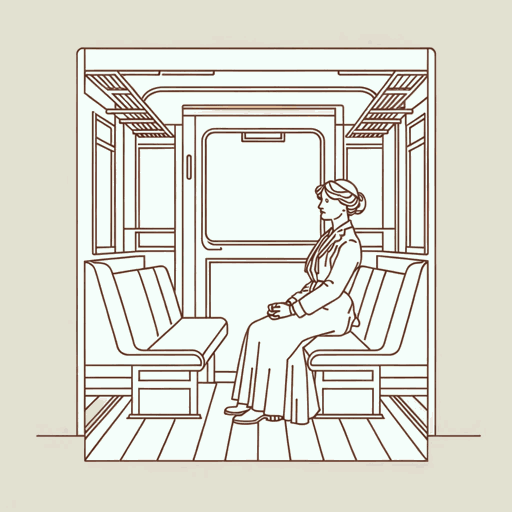
Mr. Bennett and Mrs. Brown
Virginia Woolf

Mrs. Dalloway
Virginia Woolf
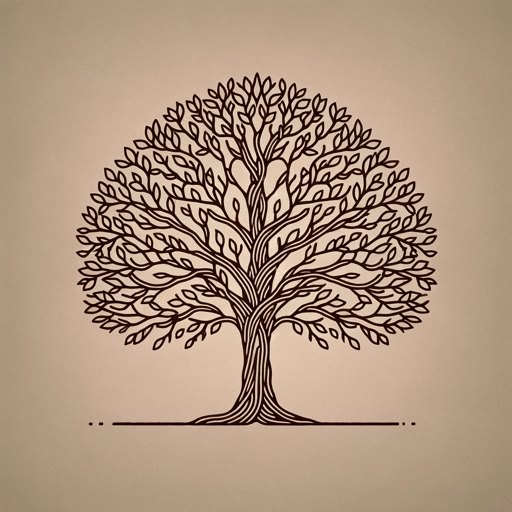
Orlando
Virginia Woolf
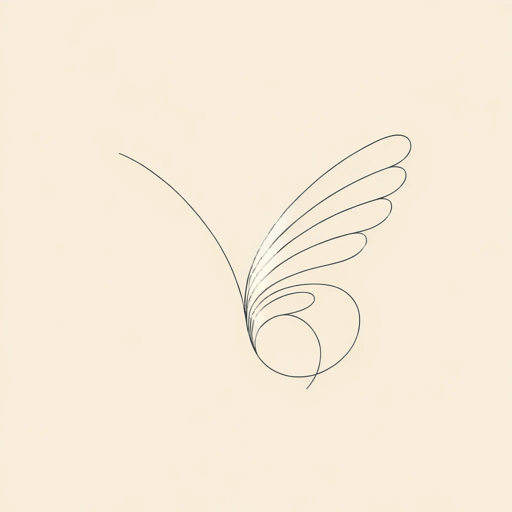
The Death of the Moth
Virginia Woolf

The Duchess and the Jeweller
Virginia Woolf
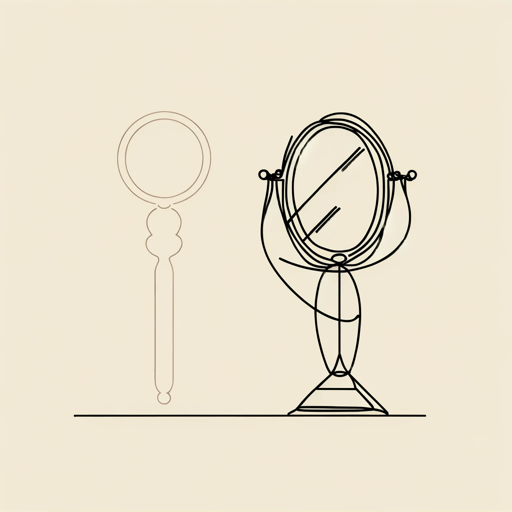
The Lady in the Looking Glass
Virginia Woolf

The Mark on the Wall
Virginia Woolf
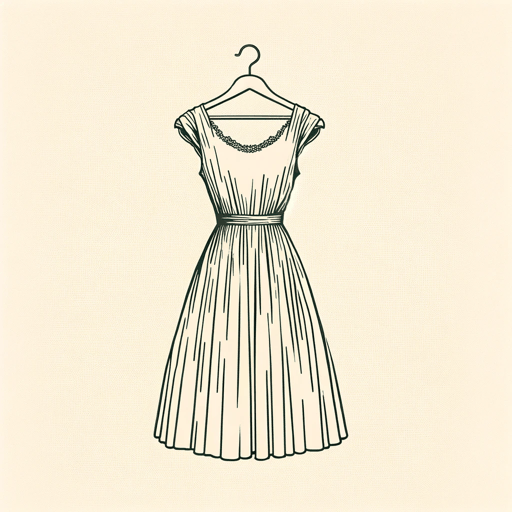
The New Dress
Virginia Woolf
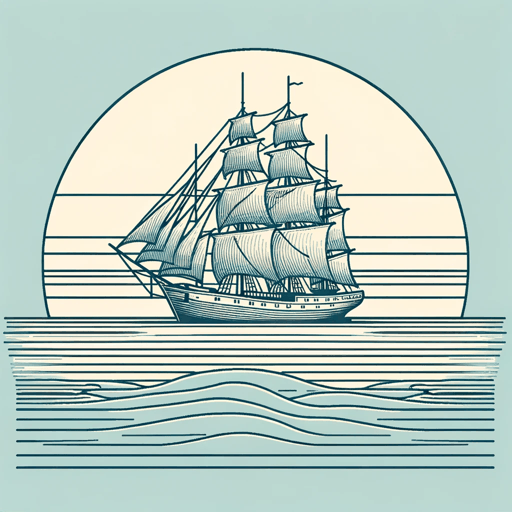
The Voyage Out
Virginia Woolf

The Waves
Virginia Woolf
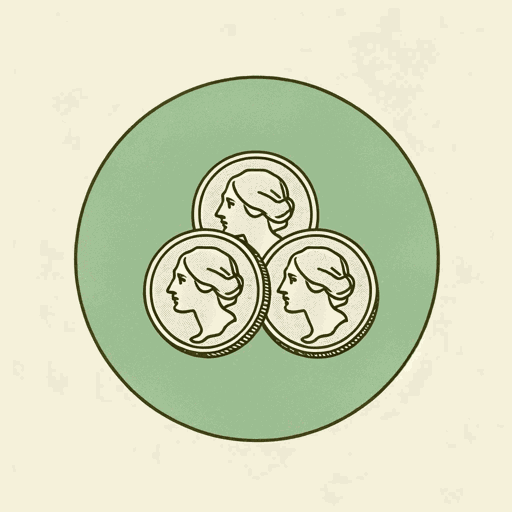
Three Guineas
Virginia Woolf

